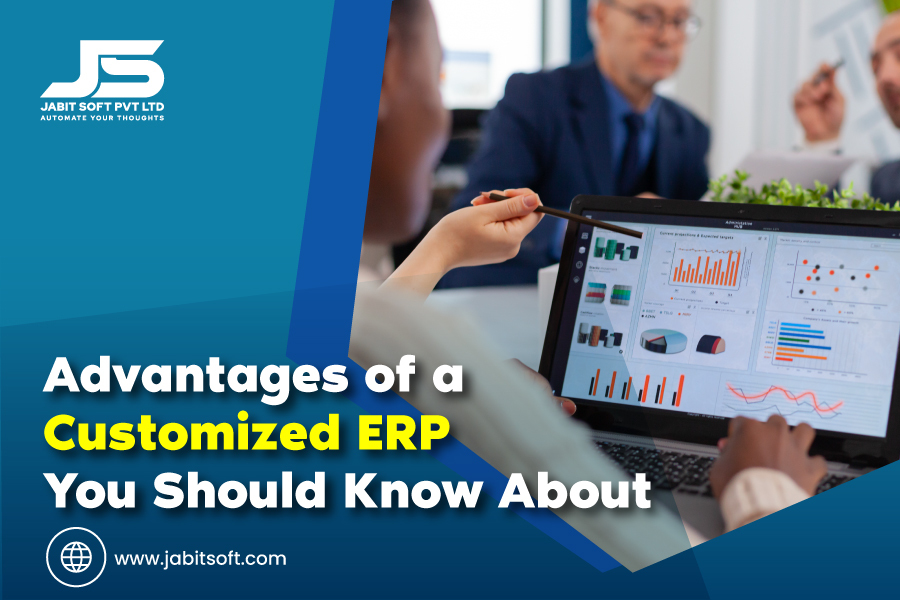Customizing ERP (Enterprise Resource Planning) software can significantly enhance its functionality and tailor it to fit your specific business needs. However, this process requires careful consideration and planning. Here’s what you need to know before diving into ERP customization:
1. Understand Your Business Needs
Before customizing your ERP software, clearly define your business requirements. Analyze your current processes and identify the gaps that need to be addressed. This will help you determine which aspects of the ERP system need to be customized to meet your specific needs.
2. Evaluate the Impact of Customization
Customization can affect various aspects of your ERP system, including its performance, upgradeability, and maintenance. Consider the following impacts:
- Performance: Customizations may slow down the system if not implemented properly.
- Upgradeability: Customizations can complicate future upgrades and patches, potentially requiring additional work to integrate new features.
- Maintenance: Customized systems often require more ongoing maintenance and support compared to out-of-the-box solutions.
3. Work with Experienced Professionals
Engage with experienced ERP consultants or developers who understand both the software and your industry. They can provide valuable insights and ensure that the customizations align with best practices, avoiding common pitfalls.
4. Prioritize Customization Requests
Not all customizations are created equal. Prioritize the customizations that will provide the most significant benefits to your business. Focus on areas that offer a high return on investment and address critical business needs.
5. Plan for Testing and Validation
Thoroughly test all customizations before fully integrating them into your live system. This involves conducting functional tests, user acceptance testing (UAT), and performance tests. Validation ensures that the customizations work as intended and do not introduce new issues.
6. Consider the Total Cost of Ownership
Customization often involves additional costs beyond the initial implementation. Factor in expenses related to development, testing, training, and ongoing support. Make sure the benefits of customization justify these costs.
7. Document Your Customizations
Maintain detailed documentation of all customizations made to the ERP system. This documentation is essential for future maintenance, troubleshooting, and when upgrading the software. It helps ensure that your customizations are understood and managed effectively.
8. Prepare for Change Management
Customizing your ERP system can affect how your team operates. Implement a change management strategy to help your employees adapt to the new system. Provide training and support to ensure a smooth transition and maximize user adoption.
9. Review Vendor Support and Policies
Understand the ERP vendor’s support and policies regarding customizations. Some vendors may offer limited support for customized solutions or have specific guidelines that need to be followed. Ensure you are aware of these policies to avoid any issues down the line.
10. Evaluate Long-Term Implications
Consider how your customizations will impact the ERP system’s long-term scalability and adaptability. Ensure that your customizations can accommodate future business growth and changes without requiring significant additional work.
Conclusion
Customizing your ERP software can provide significant benefits, but it requires careful planning and consideration. By understanding your business needs, working with experienced professionals, and preparing for the associated impacts, you can ensure that your ERP customizations enhance your system’s effectiveness and support your long-term business goals.
